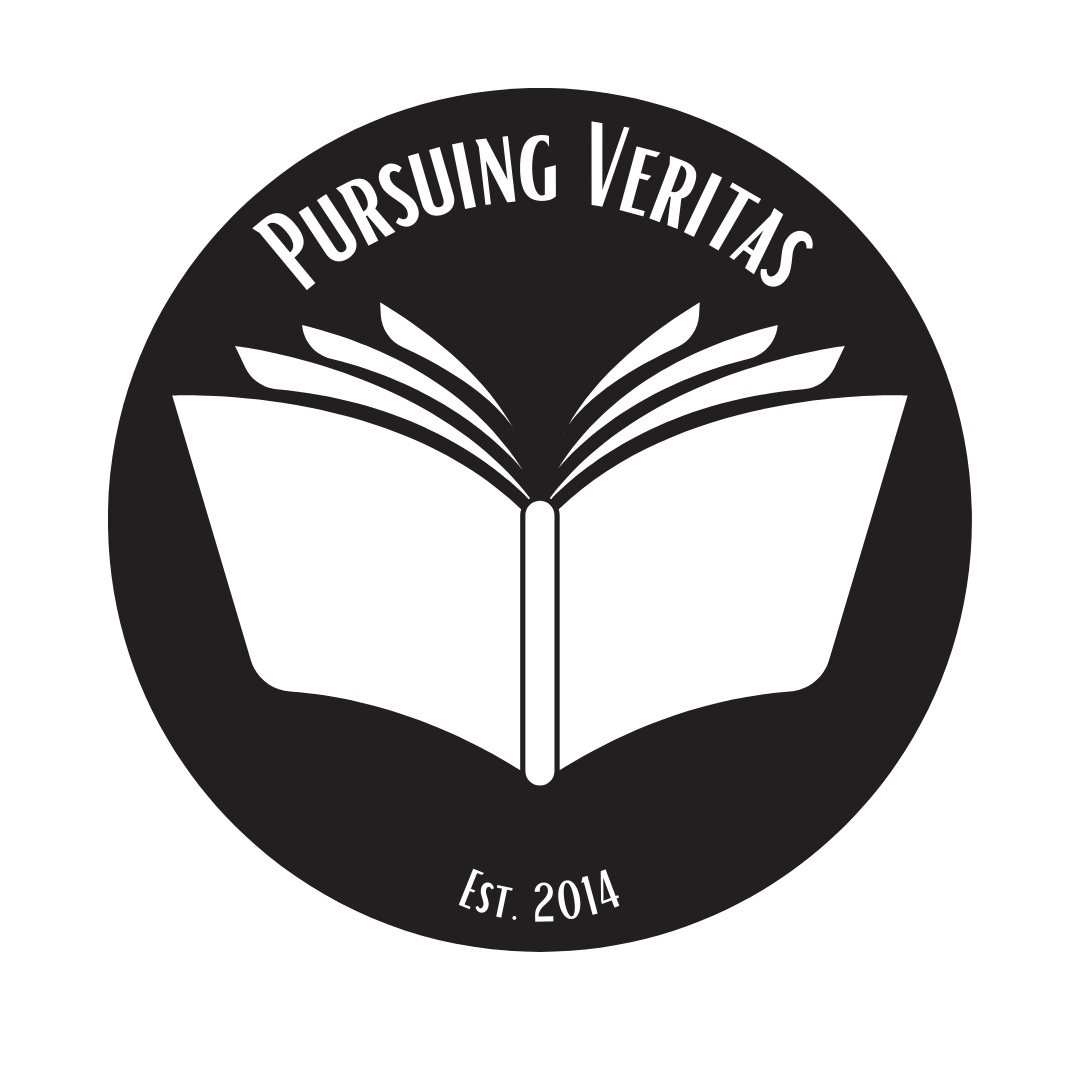This post is part of an ongoing series formulating a methodology for tracking and understanding the variety of ways in which early Christians received and utilized Scripture.

Memory: The scarcity and bulkiness of texts in the ancient world are often taken to suggest that many texts were accessed via memory.[1] When considering instances of potential textual connectivity, the chief question raised by the consideration of memory is whether or not an author needed to have a text in front of them to think of their recall as literary dependence.[2] For instance, numerous scholars do not find it necessary to presume that Ignatius of Antioch had immediate access to the sources he was citing in his letters.[3] Additionally problematic is the fact that recalling texts from memory tends to adapt information to known schemata, change details using serial memory, and offer more conservative readings.[4]
To counter the mind’s tendency to imitate well-known sources and fill-in gaps in knowledge, many ancient writers employed notetaking, including Plutarch, Pliny the Younger, Papias, Apollonius of Perge, and Clement of Alexandria.[5] Since access to full texts was difficult and memory was imprecise, these writers relied on notebooks to keep track of important material, abridge important writings, or record the contents of lectures.[6] Ancient writers were certainly far more reliant upon memory than most contemporary scholars. Yet they employed methods of reinforcing and verifying their memories as a means of pursuing relatively accurate transcriptions of their sources.
Textual Fluidity: The final historical-critical methodological point surrounds the oft contested issue of ancient textual fluidity. No two copies of any ancient text of considerable length are completely identical; rather, lexical practices, ideological or theological concerns, and simple human error led to a complicated mass of “source texts” from which a writer could draw.[7] For Jewish and Christian writers, two realities seem to have coexisted in the ancient world. In the first place, value was placed on texts as meaningful (and often scriptural) such that uncontrolled textual changes were not acceptable; yet at the same time some writers changed texts and altered wordings in substantive ways.[8] These changes—combined with a dearth of physical manuscript evidence prior to the third century CE—make it exceedingly difficult to determine the precise state of any text.[9] Charles Hill summarizes late antique approaches to textual sources by noting that, “Even a stated and sincerely held regard for the sacredness of a text did not necessarily affect an author’s practice of what we would call loose or adaptive citation.”[10] Accordingly, due caution is required when speaking about the exact wording of a text. Recognition of these historical-critical methodological points stands as the second step in an interdisciplinary methodology for understanding the reception of texts in the ancient world. The next step in examining textual uses transitions from the general to the specific, from the historical-critical to the spectral.
[1] Christopher Pelling, Plutarch’s Method of Work in the Roman Lives, in Journal of Hellenic Studies 99 (1979): 74-96, reprinted with postscript in Plutarch and History (London: The Classical Press of Wales and Duckworth, 2002), 1-44. van den Hoek, 224. Czachesz, 430. See also F. Bartlett, Remembering: A Study in Experimental & Social Psychology (Cambridge: Cambridge University Press, 1932), 201, 207. [2] George J. Brooke, “Memory, Cultural Memory and Rewriting Scripture” in Rewritten Bible after Fifty Years: Texts, Terms, or Techniques? A Last Dialogue with Geza Vermes (ed. J. Zsengeller. Leiden: Brill, 2014), 119-36. [3] William R. Schoedel, Ignatius of Antioch: A Commentary on the Letters of Ignatius of Antioch (ed. H. Koester, Philadelphia: Fortress, 1985), 5. Prahlow, 75n25. Christine Trevett, “Approaching Matthew from the Second Century: The Under-Used Ignatius Correspondence,” JSNT 20 (1984), 59-67. Compare Ignatius, Polycarp 2.2 and Matt. 10.16 for one example. [4] Czachesz, 439. [5] van den Hoek, 225-7. [6] Ibid., 227. [7] Bart D. Ehrman, The Orthodox Corruption of Scripture: The Effect of Early Christological Controversies on the Text of the New Testament (New York: OUP, 1996). Joseph A. Fitzmyer, “The Use of Explicit Old Testament Quotations in Qumran Literature and in the New Testament,” NTS 7.4 (1961): 297. Czachesz, 435. [8] Michael J. Kruger, “Early Christian Attitudes toward the Reproduction of Texts” in The Early Text of the New Testament (ed. C.E. Hill and M.J. Kruger, Oxford: OUP, 2012), 79. [9] Hill, 262. Kruger, 64n2. Carroll D. Osburn, “Methodology in Identifying Patristic Citations in NT Textual Criticism,” Novum Testamentum 47.4 (2005): 342. [10] Hill, 277.

Leave a comment